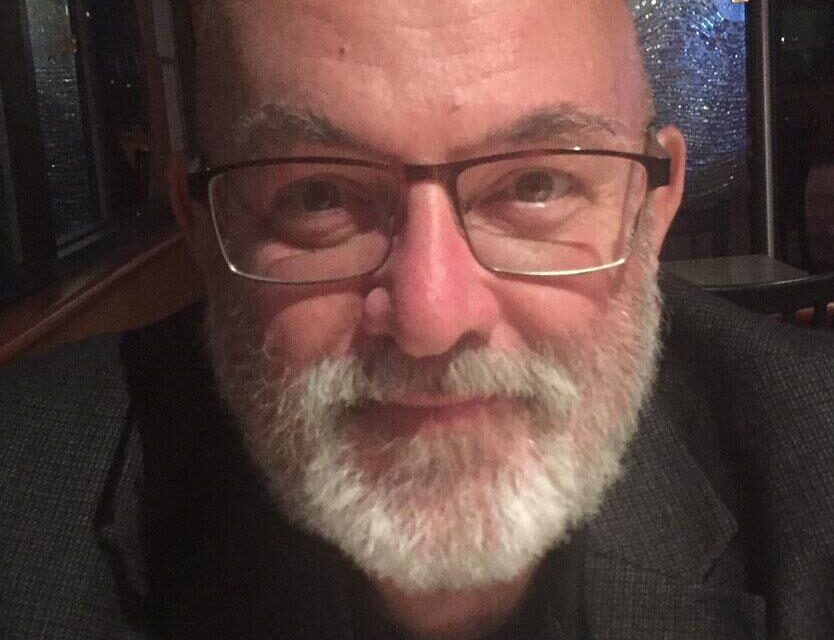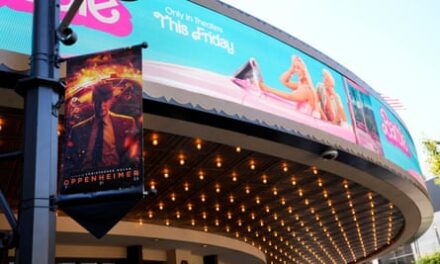
“To people who remember JFK’s assassination, JFK Jr. will probably always be that boy saluting his father’s coffin.”
—Michael Beschloss
American historian
Hello Downriver,
Sixty years.
If you’re my age or older, you clearly remember where you were 60 years ago today.
I do: Mrs. Soblatna’s sixth-grade class at Arno Elementary School in Allen Park. (I hope I spelled her name right all these years later.)
I was only 11 years old at the time, but I can recall many of the images of that day (and weekend) in an instant.
And one thing that will always stick with me was my teacher getting called from our room that Friday afternoon and then returning teary-eyed.
She was a tough taskmaster — and, in retrospect, one of the best teachers I ever had — so to see her like this was a shock.
She then quietly told us all we were being sent home early.
It was an unusually balmy day for that time of year; temps near 60, although it was overcast; in Dallas, it was bright and sunny by the time the presidential motorcade had made its way to Dealy Plaza. I don’t remember that our teacher told us what had happened before I walked home, but I certainly learned about it when I got to the living room; the only thing on our Silvertone TV was about the murder of our president.
And, for the next two days, I didn’t do much else than watch TV, glued to the latest reports and the background stories about the Kennedy family.
Particularly, about the two kids: Caroline was just 5 years old (only two years younger than my baby brother); John Jr. was two days away from his third birthday.
I also remember my parents getting teary that weekend themselves, and my father actually going to church.
It was a weekend of firsts and unforgettable moments.
Such as watching the shooting of Lee Harvey Oswald live on TV that Sunday.
Yes, I remember.
It wouldn’t be for another 11 years — after I’d left the Army and was working on the Henry Ford Community College newspaper — that the assassination of JFK once again jumped to front of mind.
It was in fall of 1974 that the college hosted a visit by lawyer and author Mark Lane, who had written the 1966 book “Rush to Judgment,” a criticism of the so-called Warren Report that concluded Oswald had acted alone.
As editor of the campus paper, I assigned myself to Lane’s speech and discussion, armed with a dog-eared copy of his book. (I think I still have it.)
After the event, I got a one-on-one interview with Lane that set the stage for my lifelong interest in the alternative views on the assassination.
Not that I’m a conspiracy nut, but Lane had asked detailed questions about the “facts” used by the Warren Commission to support its findings — questions that got me hooked for the next 49 years.
And the questions piled up: Everything from the “magic bullet” to the “grassy knoll” to JFK’s missing brain to ignored witnesses and various troubling contradictions to the makeup of the Warren Commission to the Zapruder film — all of it painted a picture that suggested there was more to it than we were being told. I’m sure you’ve heard about the Zapruder film — and maybe even seen it; an 8mm home movie shot by Abraham Zapruder that shows in vivid detail the seconds that President Kennedy was shot.
Truth is that although Life Magazine published about 30 frames of the film in black and white a mere week after the assassination, a slice of the public didn’t see the actual movie until 1969.
That’s when New Orleans District Attorney Jim Garrison used the film at the trial of Clay Shaw — the only person ever tried in connection with the assassination — a scene that was the climax of Oliver Stone’s 1991 epic, “JFK.”
For the rest of us, we didn’t see the film for the first time until March 6, 1975, when ABC presented the first-ever U.S. network TV showing of the film. (In 1970, a local Chicago TV show played the film, but not many people saw it.)
Of course, over the years, there have been ebbs and flows in the national interest over the assassination.
But for those thinking there was always more than met the eye when it came to the death of JFK, their patience was rewarded in 1976, when the U.S. House Select Committee on Assassinations concluded that Kennedy was probably killed as a result of a conspiracy.
If you think that was the end of it, though, think again: Just two months ago, Paul Landis — who was one of the Secret Service agents in the Kennedy motorcade — came forward to say he had pocketed a bullet from the back seat of the presidential limousine immediately after the shooting.
The significance of his story adds to suspicions about the Warren Commission: If true, it corroborates the House Committee’s conclusion that there was another shooter.
But I’m hardly alone in my ongoing interest in the murder of the 35th president: On Nov. 8, the first segment of a 10-part podcast hosted by Rob Reiner and Soledad O’Brien aired: “Who Killed JFK?”
I’ve listened to the first two episodes and plan on listening to the rest, since Reiner says the duo “names names.”
(So far, the suspicions revolve around Lyndon Johnson, JFK’s VP. I can’t explain it all here; listen to the podcast or read any of the dozens of books on the assassination.)
So, here we are, 60 years later and the mystery — and sorrow — surrounding the assassination of JFK remains as all- consuming as ever for the majority of Americans.
(Immediately after the assassination, only 29% believed Oswald acted alone; in 1976, 81% believed there was a conspiracy; by the 50th anniversary of the murder, that number had dropped to 61%. But there has NEVER been a majority who believed in the “lone gunman” theory.)
I imagine the doubt is particularly high among those of us who lived through the moment; we’ve never felt satisfied with the “rush to judgment” by the Warren Commission.
In addition, many — including me — think our nation changed forever after the Warren Commission’s report: we suspected (and many “knew”) it was crap and forever doubted words spoken and acts taken by our government from that point on.
For us, doubts about our government led to social unrest which led to civil and women’s rights and related protests; all a repudiation of the status quo.
Why, these people said, should we trust a government that lied to us?
Those doubts were proved valid when Lyndon Johnson lied to us and expanded our footprint in Vietnam.
And then Nixon came along, vowing law and order and was soon to be the biggest crook in the White House.
(Until Trump, of course.)
Oh, and Nixon bombed Cambodia, lying all the way. Then Reagan lied about Iran-Contra; George W. lied about WMDs in Iraq, Trump lied … well, about everything.
No, this country was never the same after Nov. 22, 1963; and for those who lived through that day — and weekend — we’ll never forget the images and sounds of a changing America.
As with 9/11 and the Challenger explosion, our nation continues to struggle with closure: how could these things have happened?
And where were you when they did?
Craig Farrand is a former managing editor of The News-Herald Newspapers. He can be reached at cfarrandudm@yahoo.com





